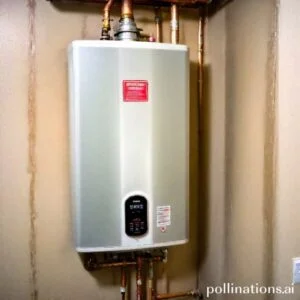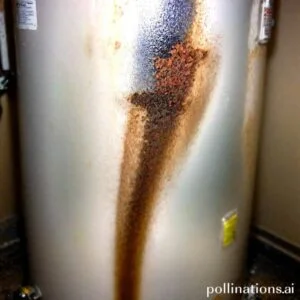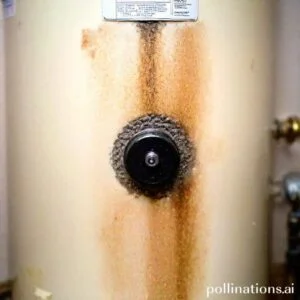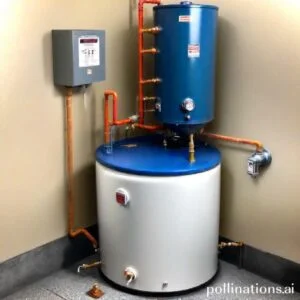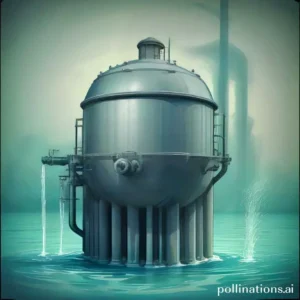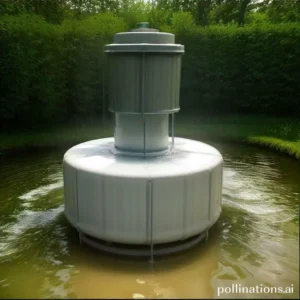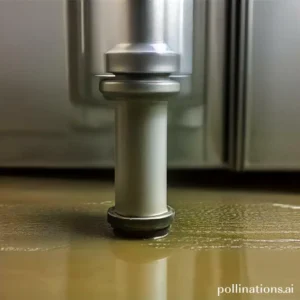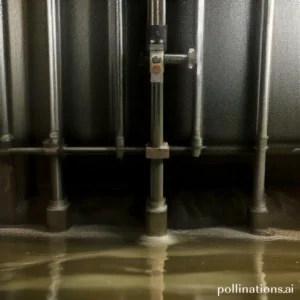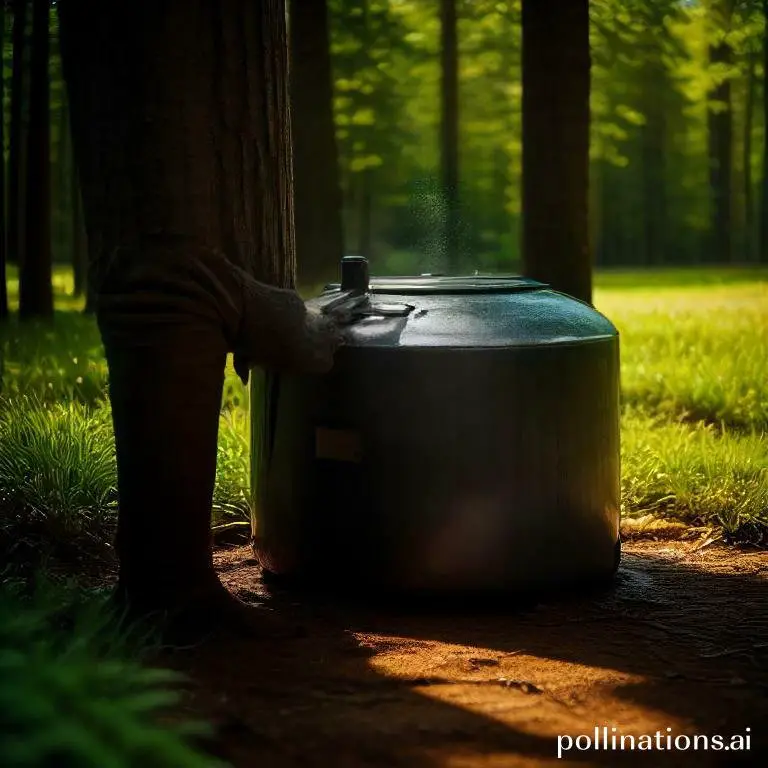
II. Sediment buildup can cause corrosion, reduce heat transfer, and increase energy consumption.
III. Regular sediment removal through flushing or draining can improve the performance and longevity of off-grid water heaters.
Sediment removal is a crucial maintenance task for off-grid water heaters. Over time, mineral deposits build up in the tank, reducing its efficiency and lifespan.
Regular sediment removal helps to improve the performance of the water heater, ensuring hot water is readily available when needed. By removing sediment, you can prevent clogs and blockages, allowing the water heater to operate at its full potential.
Don’t let sediment hinder the performance of your off-grid water heater; make sure to prioritize regular maintenance and enjoy the benefits of clean and efficient hot water.
How to Identify Sediment Buildup in Off-Grid Water Heaters
1. Signs of Sediment Buildup
Off-grid water heaters, just like their conventional counterparts, are prone to sediment buildup over time. Sediment refers to the minerals, debris, and other particles that settle at the bottom of the water heater tank. Identifying the signs of sediment buildup is crucial to ensure the efficient functioning of your off-grid water heater.
Some common signs of sediment buildup include:
- Noise: If you notice loud popping or rumbling noises coming from your water heater, it could be an indication of sediment buildup. As the sediment heats up, it causes the water to bubble and create noise.
- Reduced Efficiency: Sediment buildup can reduce the efficiency of your off-grid water heater. You may experience longer heating times and a decrease in hot water supply.
- Discolored Water: Sediment can make the water coming out of your faucets appear discolored. It may have a brown or rusty tint, indicating the presence of sediment in your water heater.
- Low Water Pressure: Sediment buildup can also lead to reduced water pressure in your off-grid water heater. If you notice a decrease in water pressure, sediment buildup could be the cause.
2. Importance of Regular Inspection
Regular inspection of off-grid water heaters is essential to prevent sediment buildup and maintain their optimal performance. By identifying and addressing sediment buildup early on, you can avoid potential issues such as damage to the heating elements, decreased energy efficiency, and even premature failure of the water heater.
Inspecting your off-grid water heater should involve:
- Draining the Tank: Regularly draining the tank helps remove accumulated sediment and prevent further buildup. Follow the manufacturer’s instructions on how to safely drain your water heater.
- Checking the Anode Rod: The anode rod in your off-grid water heater helps prevent corrosion. Inspect the rod for signs of wear and replace it if necessary. A corroded anode rod can contribute to sediment buildup.
- Flushing the System: Flushing the system involves running water through the tank to remove any remaining sediment. This should be done periodically to maintain the efficiency of your off-grid water heater.
Steps for Sediment Removal in Off-Grid Water Heaters
Touching on off-grid water heaters, proper maintenance is essential to ensure their longevity and optimal performance. Sediment buildup in the tank can lead to reduced efficiency and even damage the heater over time. To prevent these issues, follow these steps for sediment removal:
1. Turn off Power Supply
Before starting any maintenance work, it is crucial to prioritize safety. Begin by turning off the power supply to the water heater. This step eliminates the risk of electric shock and allows you to work on the tank without any hazards.
2. Drain the Tank
Next, locate the drain valve at the bottom of the tank. Attach a hose to the valve and place the other end in a suitable drainage area. Open the valve to allow the water to drain out completely. Be patient, as this process may take some time.
3. Flush the Tank
Once the tank is drained, it’s time to flush out the sediment. Close the drain valve and open the cold water supply valve. This will create a powerful flow of water inside the tank, helping to dislodge and flush away any remaining sediment. Let the water run for a few minutes until it appears clear.
4. Scrub the Tank
To ensure thorough sediment removal, it can be helpful to scrub the tank’s interior. Using a long-handled brush or a specifically designed tank cleaning brush, gently scrub the sides and bottom of the tank. This action will help loosen any stubborn sediment that may have accumulated over time.
5. Refill the Tank
After scrubbing, close the cold water supply valve and allow the tank to fill up. Be sure to monitor the pressure relief valve to prevent over-pressurization. Once the tank is filled, check for any leaks or drips and fix them if necessary. Finally, turn on the power supply, and your off-grid water heater is ready to provide you with hot water once again.
Regular sediment removal is vital for maintaining the efficiency and lifespan of your off-grid water heater. By complying with these steps, you can ensure that your heater functions optimally, providing you with reliable hot water whenever you need it.
Tools and Materials Required for Sediment Removal in Off-Grid Water Heaters
Safety Gear
In regard to removing sediment from off-grid water heaters, safety should always be a top priority. Before starting the process, make sure you have the necessary safety gear to protect yourself. This includes gloves, safety goggles, and a face mask to shield against any potential hazards.
Wrench
A wrench is an essential tool for sediment removal in off-grid water heaters. It allows you to loosen and remove the drain valve, which is where the sediment will be flushed out. Choose a wrench that fits the size of your water heater’s drain valve to ensure a secure grip.
Garden Hose
A garden hose is needed to connect to the drain valve of the water heater. This hose will be used to flush out the sediment once the valve is opened. Make sure the hose is long enough to reach a suitable drainage area, such as a floor drain or an outdoor location.
Bucket
A bucket is useful for catching any water or sediment that may spill during the sediment removal process. Place the bucket underneath the drain valve to collect the flushed-out sediment and prevent any mess or damage to the surrounding area.
Cleaning Solution
In some cases, simply flushing out the sediment may not be enough to fully clean the water heater. To ensure thorough cleaning, you may need to use a cleaning solution specifically designed for removing sediment. Follow the instructions on the cleaning solution carefully to achieve optimal results.
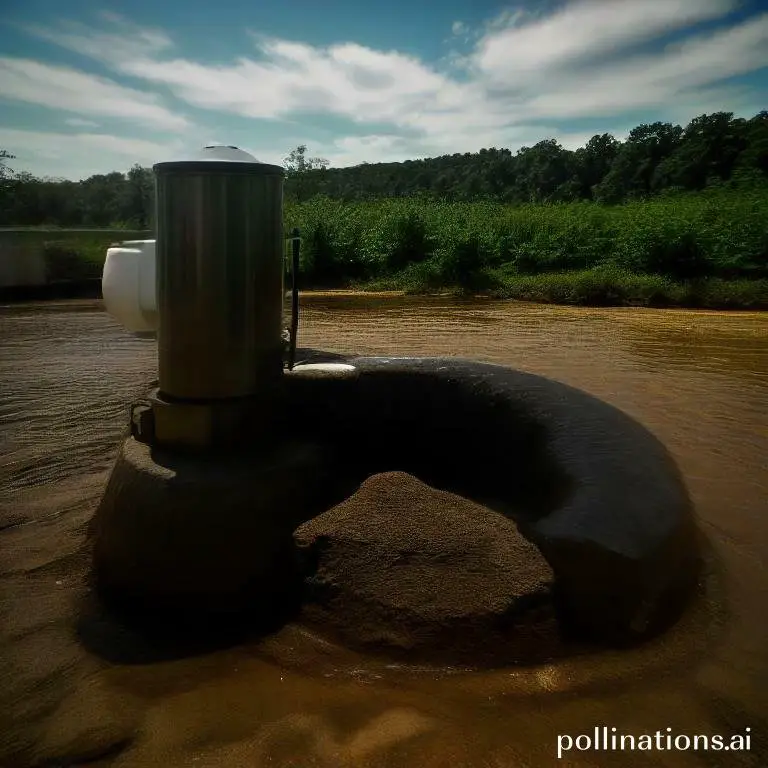
Maintenance Tips for Preventing Sediment Buildup in Off-Grid Water Heaters
In order to ensure the optimal performance and longevity of off-grid water heaters, it is essential to take proactive measures to prevent sediment buildup. Sediment buildup can lead to decreased efficiency and potentially damage the heating elements. Here are some maintenance tips to keep your off-grid water heater running smoothly:
1. Regular Inspection
Performing regular inspections of your water heater is crucial to detect any signs of sediment buildup early on. Check for any discoloration or unusual noises coming from the tank. If you notice sediment accumulation, it’s time to take action.
2. Flushing the Tank
Flushing the tank is an effective method to remove sediment and prevent it from settling at the bottom. Follow the manufacturer’s instructions to safely drain and flush the tank. This process should be done annually or as recommended by the manufacturer.
3. Installing a Sediment Filter
Consider installing a sediment filter in your water heater system. This filter helps to trap and remove sediment particles, preventing them from entering the tank. Regularly clean or replace the filter according to the manufacturer’s instructions.
4. Adjusting the Temperature
Lowering the temperature of your water heater can help prevent sediment buildup. Higher temperatures can accelerate the accumulation of mineral deposits. Find the optimal temperature setting for your needs and adjust accordingly.
5. Using a Water Softener
If your water supply is hard water, which contains high mineral content, consider using a water softener. Water softeners help to reduce mineral deposits, including sediment, in your water heater. Follow the manufacturer’s instructions for proper installation and maintenance of the water softener.
| Tips | Benefits |
|---|---|
| Regular inspection | Early detection of sediment buildup |
| Flushing the tank | Removal of sediment from the tank |
| Installing a sediment filter | Preventing sediment particles from entering the tank |
| Adjusting the temperature | Preventing accelerated sediment accumulation |
| Using a water softener | Reducing mineral deposits in the water heater |
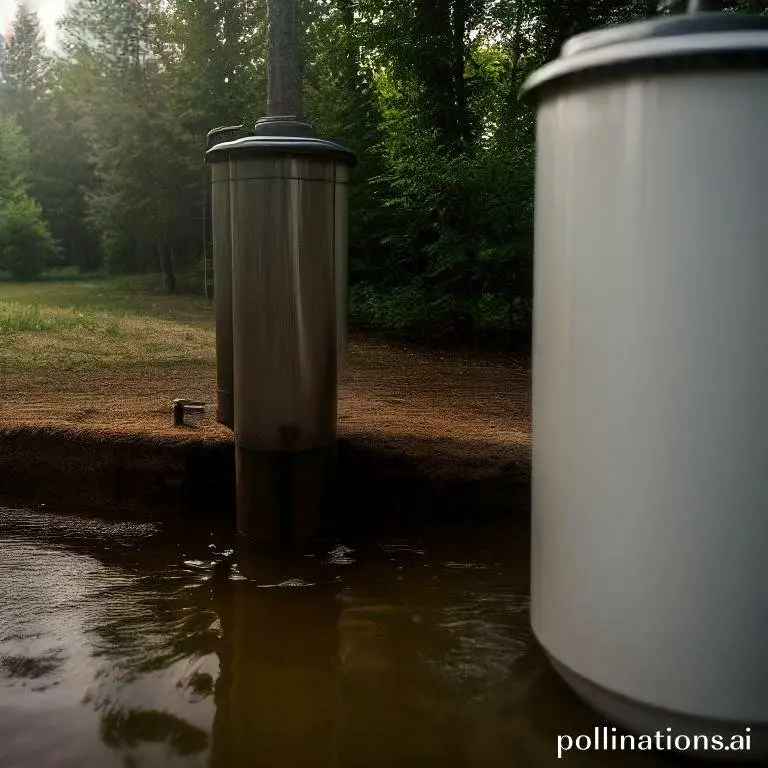
Benefits of Sediment Removal for Off-Grid Water Heaters
Sediment removal plays a crucial role in ensuring optimal performance and longevity of off-grid water heaters. By removing sediment buildup, several benefits can be achieved, enhancing not only the efficiency of the appliance but also the quality of the water and reducing energy costs.
Improved Efficiency
One of the primary advantages of sediment removal is improved efficiency. Over time, sediment, such as sand, silt, and minerals, can accumulate in the water heater tank, hindering its ability to heat water effectively. This buildup acts as an insulator, reducing the heat transfer and requiring the system to work harder to reach the desired temperature. By removing the sediment, the water heater can operate at its optimal efficiency, resulting in faster heating times and reduced energy consumption.
Longer Lifespan
Sediment buildup can also significantly impact the lifespan of off-grid water heaters. When sediment settles at the bottom of the tank, it creates a layer that can corrode the tank’s interior surface. This corrosion can weaken the tank over time, leading to leaks and potential water damage. Regular sediment removal eliminates this risk, prolonging the lifespan of the water heater and saving homeowners from costly repairs or replacements.
Cleaner Water
Another notable benefit of sediment removal is the improvement in water quality. Sediment particles can make their way into the water supply, resulting in cloudy or discolored water. Additionally, these particles can affect the taste and odor of the water, making it less desirable for consumption or other household activities. By regularly removing sediment, the water produced by the off-grid water heater will be cleaner, clearer, and more pleasant to use.
Reduced Energy Costs
Sediment buildup in off-grid water heaters can lead to increased energy costs. As mentioned earlier, sediment acts as an insulator, requiring the water heater to work harder to heat the water. This additional strain on the system translates to higher energy consumption and, consequently, higher utility bills. With sediment removed, the water heater can operate efficiently, resulting in reduced energy costs and savings for homeowners.
| Benefit | Description |
|---|---|
| Improved Efficiency | Removes sediment buildup, allowing for faster heating times and reduced energy consumption. |
| Longer Lifespan | Prevents corrosion and leaks, prolonging the lifespan of the water heater. |
| Cleaner Water | Eliminates sediment particles, resulting in cleaner, clearer, and better-tasting water. |
| Reduced Energy Costs | Eliminates the need for excessive energy consumption, leading to lower utility bills. |
Bottom Line
Off-grid water heaters are a great way to access hot water without relying on traditional energy sources. Nevertheless, sediment buildup can cause serious problems for these systems, reducing efficiency and shortening their lifespan. Regular sediment removal is essential to keep your off-grid water heater running smoothly.
There are a variety of sediment removal methods available, from simple draining and flushing to more complex filtration systems. The best method for your system will depend on your specific needs and the type of sediment you are dealing with. By taking the time to properly maintain your off-grid water heater, you can ensure that it continues to provide reliable hot water for years to come.
Read More:
1. Sediment Removal And Water Heater Thermostat Calibration
2. Sediment Removal Frequency For Vintage Water Heaters

